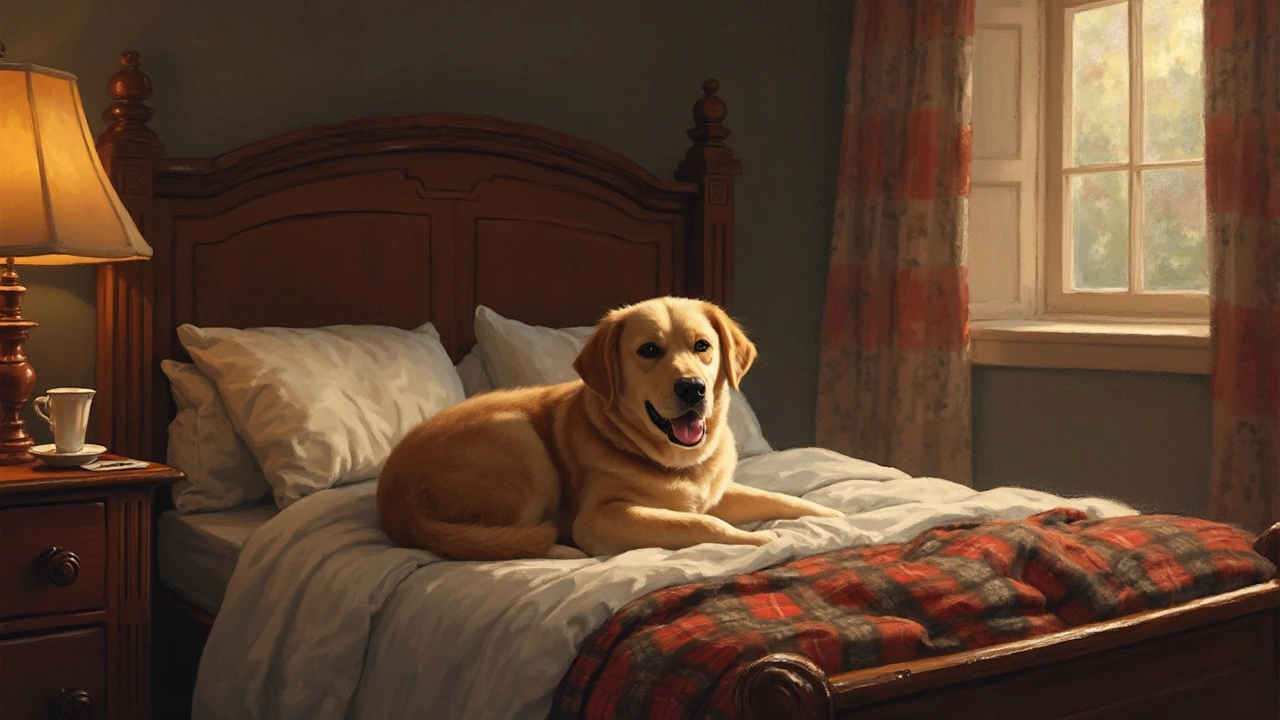Where Your Dog Sleeps at Night: Practical Tips for a Happy Pup
Choosing the right spot for your dog to rest can make a big difference in their mood, health, and the peace of your home. It’s not just about tossing a blanket on the floor – the location, size, and environment all play a role. Below you’ll find straight‑forward advice you can put into action tonight.
Why the Right Sleeping Spot Matters
Dogs regulate their body temperature and stress levels through their sleeping area. A cool, quiet nook helps them relax, while a drafty or noisy spot can cause restlessness and even minor injuries. When your dog gets solid sleep, you’ll notice fewer barking episodes, calmer greetings, and smoother potty breaks.
Top Nighttime Options
1. Dedicated Dog Bed
A firm, well‑filled bed placed on a low‑traffic part of the room gives your dog a personal space. Look for a bed with removable covers for easy washing. If you have a larger breed, choose a size that lets them stretch fully.
2. Crate or Kennel
Crates mimic a den’s snug feel and can curb anxiety. Keep the crate away from direct heat sources and add a soft blanket inside. Most dogs love the security of a closed door, but make sure the crate is big enough to stand, turn, and lie down.
3. Co‑sleeping on the Bed
Sharing the master bed works for many families, especially if the dog is small or has joint issues. Use a separate blanket or pet pillow to keep your sheets clean. Remember to set clear rules – if the dog jumps up, gently guide them back down to avoid nightly chaos.
4. Elevated Platform or Sofa
An off‑the‑ground perch can help older dogs avoid cold floors and stay cooler in summer. A pet sofa with high sides offers both comfort and a sense of safety.
5. Outdoor Kennel
If your dog loves the fresh air and you have a secure, insulated outdoor kennel, it can be a viable nighttime spot in milder climates. Provide bedding, wind protection, and a night‑light to keep them calm.
Whichever option you pick, keep a few basics in mind: the area should be free from drafts, away from loud appliances, and easily accessible for night‑time bathroom trips. A night‑light helps older dogs see their way without startling them.
Finally, observe your dog’s behavior for a week. If they keep pacing, whining, or refusing the spot, try another option or add a calming aid like a familiar scent or a low‑level white noise machine. Small tweaks often turn a restless night into smooth, snoring bliss for both of you.
Ready to upgrade your dog’s bedtime? Pick one of the suggestions above, set it up tonight, and watch the difference a good night’s sleep can make.
Best Places for Dogs to Sleep at Night: Beds, Crates, or Co-sleeping?
Not sure if your dog should sleep in your bed, their own bed, or a crate? Check what science says, get useful tips, and find the coziest idea for every pup.
